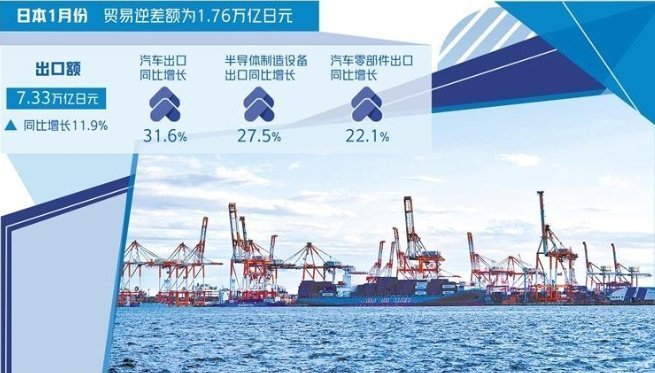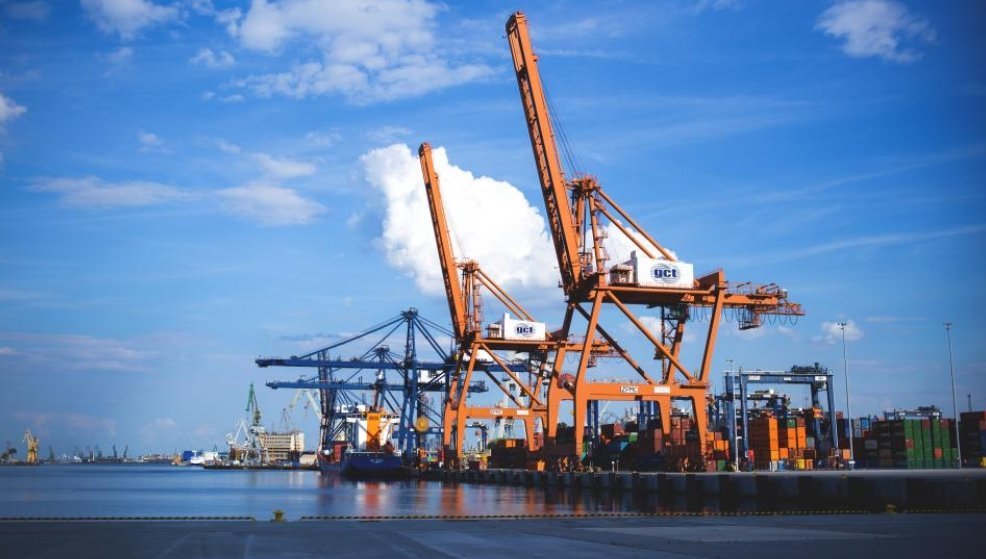

 News and Information
News and Information Industry News
Industry NewsRecently, the Japanese government released the latest trade data, showing a slight increase in exports to China, with an overall annual growth rate of 2.5%. However, it should be pointed out that the growth of semiconductor equIPMent exports can be described as rapid, with an annual growth rate of 80.7%, and this is the second consecutive month of achieving a leapfrog surge.
In fact, since last year, Chinese companies have been actively hoarding semiconductor production equipment. It is not difficult to see that domestic semiconductor companies are full of concerns about the sanctions against the United States.

This concern has objectively driven the growth of Japan's semiconductor equipment exports. According to statistics, in the last quarter of last year, from October to December, Japan's sales of semiconductor equipment to China accounted for 40% of their total sales.
Looking at the figures released by the Japan Semiconductor Equipment Manufacturers Association (SEAJ), in February this year, Japan's chip equipment sales reached a staggering 317.418 billion yen, an increase of 7.8% from the same period last year, the largest increase in nearly 10 months. Moreover, monthly sales have exceeded the 300 billion yen mark for four consecutive months, which can be said to be a record high.
It can be said that China's continuous increase in semiconductor investment, as well as the significant increase in demand for chip technology in the field of artificial intelligence, are the key driving forces behind the recent sales growth of Japanese semiconductor equipment.

However, there have been rumors recently that the United States is urging allies such as Japan to tighten control over semiconductor technology exports to China. In response, the head of the Japanese Ministry of Economy, Trade and Industry, Kenji Saito, clearly stated that Japan will continue to implement current export control measures to manage semiconductor devices, but has not yet considered new control strategies.
As the global semiconductor industry becomes increasingly prosperous, competition and cooperation among countries in this field are also becoming increasingly fierce. Chinese semiconductor enterprises need to increase their R&D investment, cultivate original technologies and intellectual property rights, and promote independent innovation throughout the entire industry chain from materials, design, manufacturing to packaging and testing, as well as software and hardware equipment.
Considering the changes in the international political and economic situation, Chinese semiconductor enterprises need to improve their domestic supply chain and enhance their self-sufficiency in key materials and components. Only in this way can China's semiconductor products develop more steadily and enhance their position and influence in international competition.